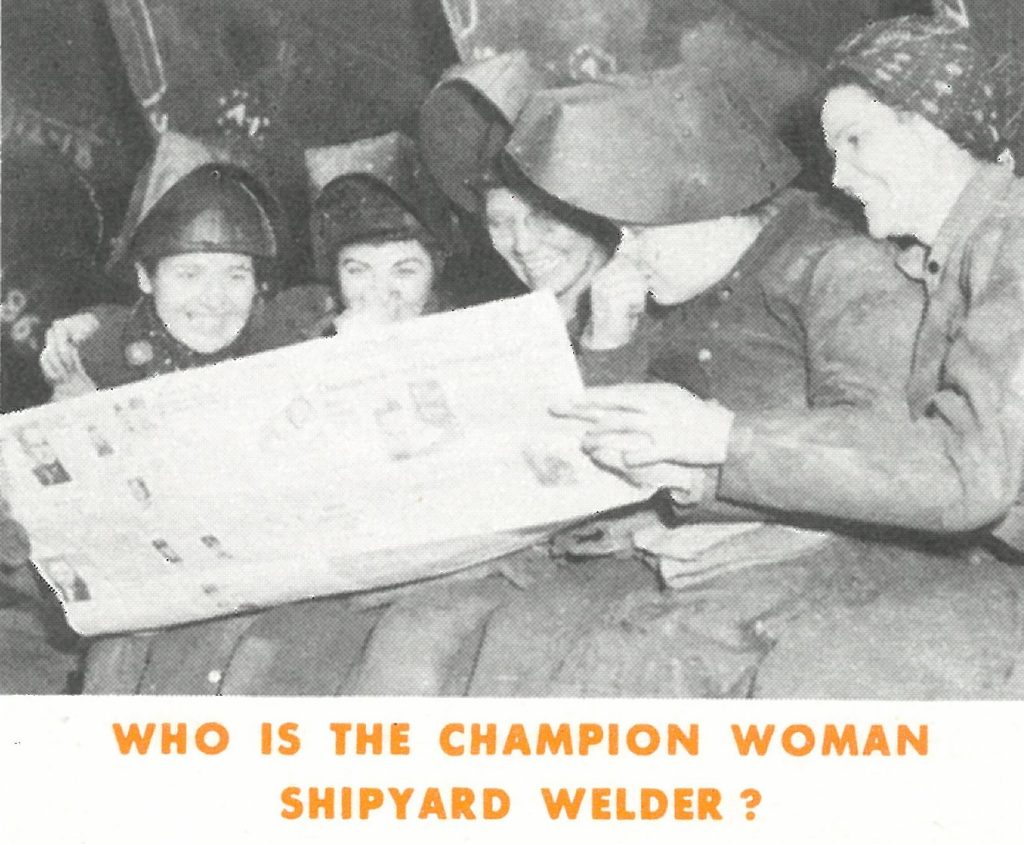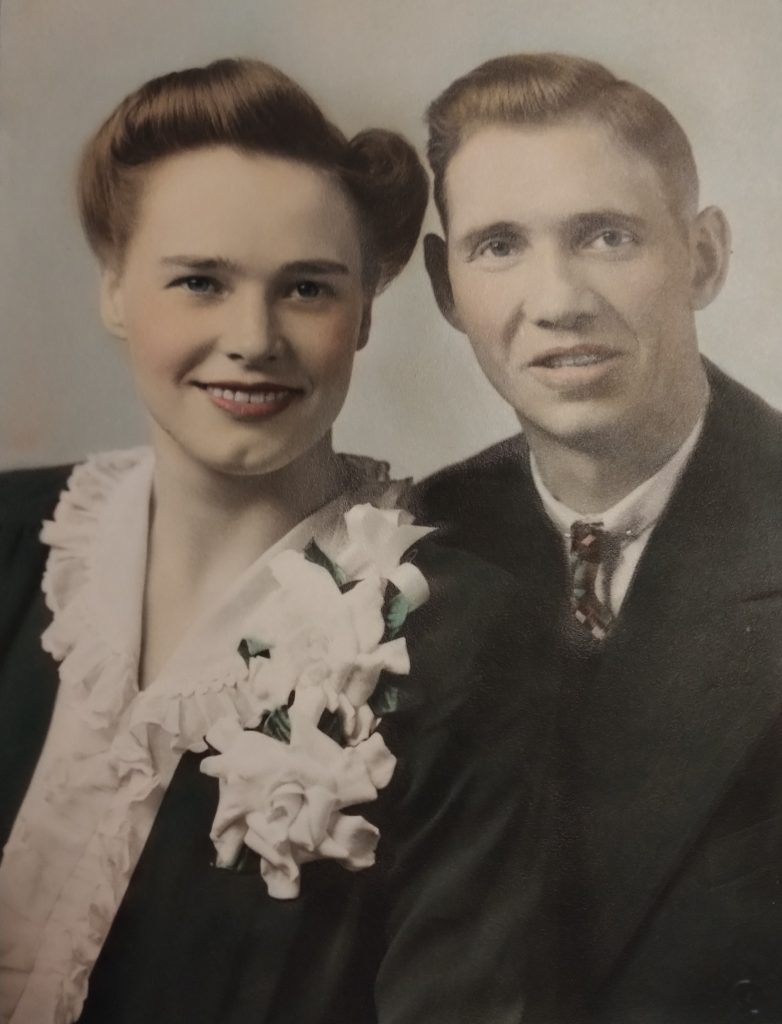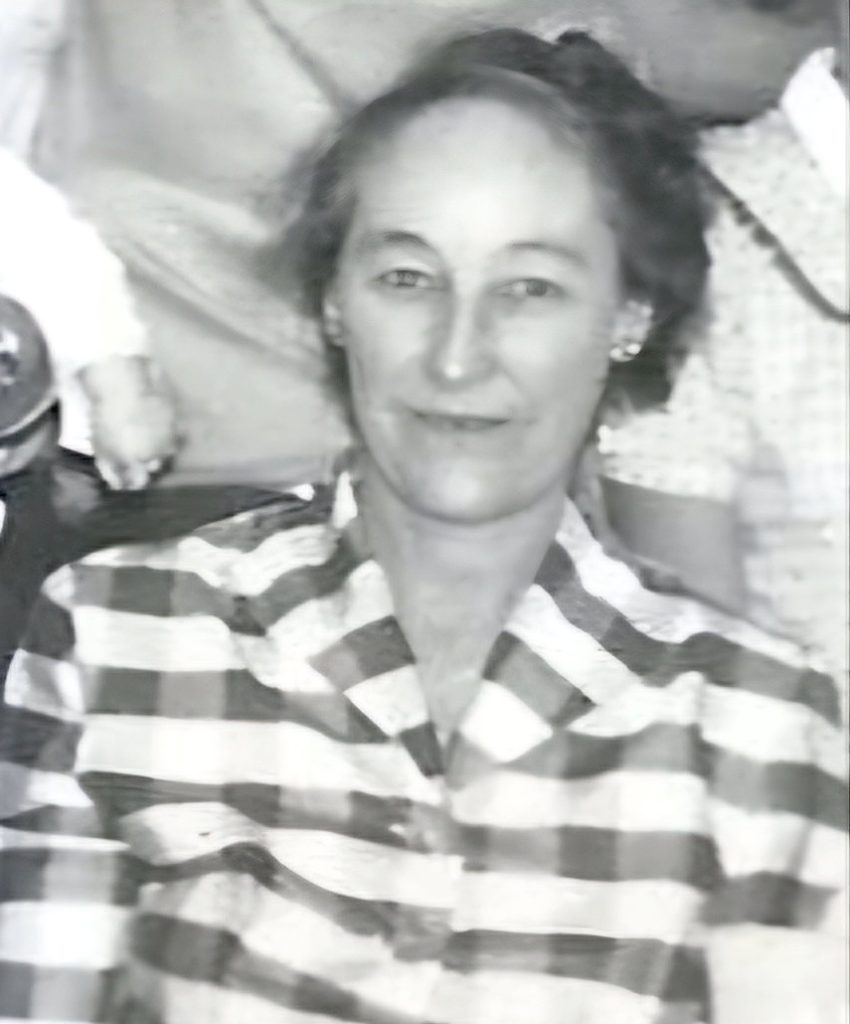They Were My Warrior Women, Part One
During World War II, my various aunties, my mother and her cousins, and my grandmother diligently supported the national home front activities to boost the war effort, mostly in the Portland, Ore.-Vancouver, Wash. area, but also from other cities.
First, a bit about the family: Raymond Ernest Lionberger, my handsome and enterprising grandfather, died when my father was ten months old. Though I never personally met my grandfather, his seven siblings and my grandmother, Louise, filled his absence with stories. This was a loving, loyal, and fun-loving group–sometime tellers of tall tales.
The Lionberger family, along with my mother’s family, the Witcraft clan, were fiercely patriotic, as so many families became during the war years, defending our nation in countless ways. What follows are descriptions of the commitments made by some of the women of my family during World War II, along with their ages in 1945; and I promise, this is not a tall tale.

WELDER – Mabel Beatrice (Shriver) Lionberger, 42, grandaunt:
Mabel was employed at Oregon Shipbuilding Corporation located in Portland’s St. John’s district, situated on a peninsula formed by the confluence of the Columbia and Willamette rivers. Mabel (R, in headscarf), sharp as a tack, was an excellent welder, receiving accolades for her work. I doubt that she expected to become a bit of a celebrity when she entered shipyard work. But according to a photo taken in January of 1942 and published in the Oregon Journal newspaper, she was called to the desk of her supervisor along with another woman welder (See photo in The Shipyard Agent pages.) He showed the women a telegram, inviting them to compete in the Best Woman Welder in the World competition.
Mabel agreed to compete. In her obituary from 1979, the writer states that she placed second at Oregon Shipyard. Mabel’s husband, Earl, a builder by trade, also worked at the shipyard during the war.
WELDER – Jean Marsolie (Neil) Johnson, 22, 1st cousin once removed:
Jean worked as a welder at Commercial Iron Works (CIW) shipyard on Ross Island, situated in the Willamette River one mile south of Portland’s city center. Her mother, Mrs. Clara Palmer, who worked as a burner at the same shipyard–one who uses an acetylene torch to cut metal plates to size and shape–had been driving back and forth to the shipyard with Jean’s stepfather, Tony. According to Jean, her mother Clara persuaded her to try shipyard work.

“And so, I went down, and I liked welding,” said Jean. “I got the hang of it pretty quick.” The workers at CIW spent days and nights specifically building small ships for the U.S. Navy, such as Landing Craft Infantry (LCI) and Landing Craft Support (LCS) ships, submarine chasers, net layers, and minelayers. Jean added, “I loved it, busy, busy, busy.”
Though technically she was a cousin, I knew her as Aunt Jean. Her supervisor at the shipyard was Rudolph “Rudy” or “Ole” Johnson, with whom she fell in love and quietly married while working under his management. Jean would continue to use her welding skills when needed on a farm in Bonners Ferry, Idaho, where they settled after the war.

BURNER – Clara Mae (Witcraft) Neil Gadot Palmer, 45, grandaunt:
Clara, an attractive and cheerful woman with a twinkle in her eye, worked as a burner, cutting and shaping metal that would be used in the construction of ships. She identified her occupation as “burner at shipyard” when signing as guardian on an enrollment form for nursing school for her daughter, Adele Neil, Jean’s younger sister. Clara’s husband, Alfred “Tony” Palmer, possibly worked in the lunchroom of the shipyard, having served in the U.S. Navy as a cook in World War I.
